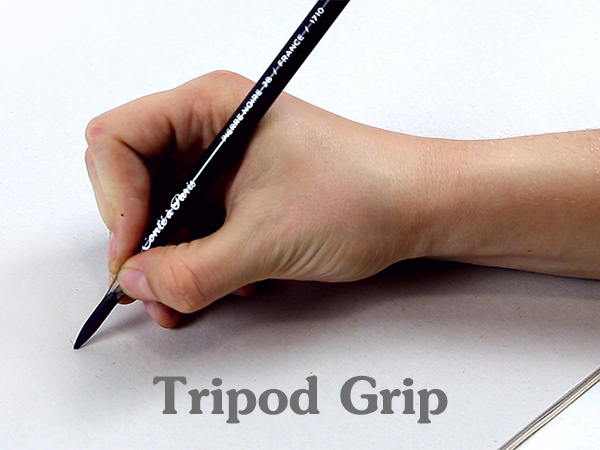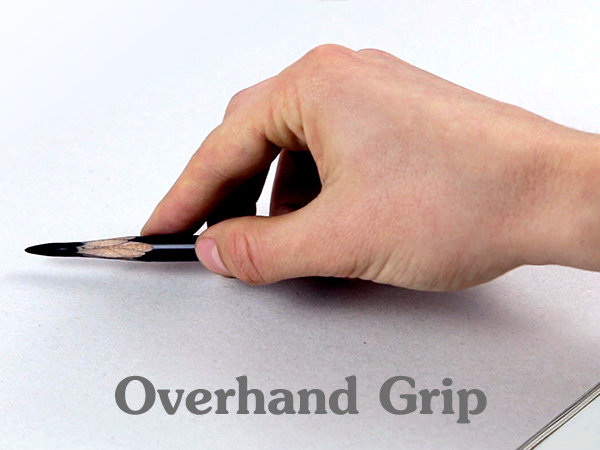10/9/14
An Important Note on Flexibility
One of the toughest things for me, personally, is being able to relax and to have relaxing strokes with my pencil or brush. From the earliest age teachers and mentors have been telling us to draw inside the lines, draw exactly what you see, erase your mistakes! I feel as if this limits the flow of creativity and relaxation in art students. It usually isn't until high school where students are able to relax their shoulders, sit back, and draw from a flexible wrist. So to all of you young readers (and older!), here are some tips to having a more flexible core.
- Relax, Lean Back, and Loosen Your Grip
- I don't think I can stress enough how important this step is. If you're hunched over your paper, it creates tension between the eyes and motion of your pencil/brush.
- Simply take a deep breath and just relax. Lean back in your chair, lazily look down at your paper.
- Two Ways to Hold your Pencil
- You can hold it the tradition "Tripod" grip
- Or hold the pencil in a "Overhand" grip, more common among artists.
- I recommend the "Overhand" grip for flexible drawings and gestures

Photo from Proko 
Photo from Proko - Figure Out What You're Drawing From
- Are you using your imagination?
- Have a specific subject in mind (human, animal, etc.)?
- If so, use a reference! It's not copying, it's simply helping you to gain muscle memory. Print the reference out, draw over it. Help it teach you where your strokes go.
- Even if you're drawing from imagination, inspiration and references can aid you!
- Use Long and Fast Strokes
- If you become too focused on one point of your drawing, you're missing the entire point. Be fast and consistent.
- Try to Start With Figure Drawing
- Whether from a live model or a drawing, figures contain movement, and a lot of it. Below is a link to a website that will send you to a website for figure drawing.
- Or You Can Simply Practice Line Movement
- Draw lines, circles, anything you want to get used to the relaxed state.
- Keep Your Lines Loose and Light
- Don't press down too hard on the tip of your pencil, you might not get the flowing form you need.
- Just Stay Relaxed
- Make sure you keep relaxed, especially your wrist.
PLEASE REMEMBER: Drawing like this (in a flexible manner) is usually used for sketching and outlining ideas quickly. When you have your lines laid out, you can then concentrate on specific spots.


